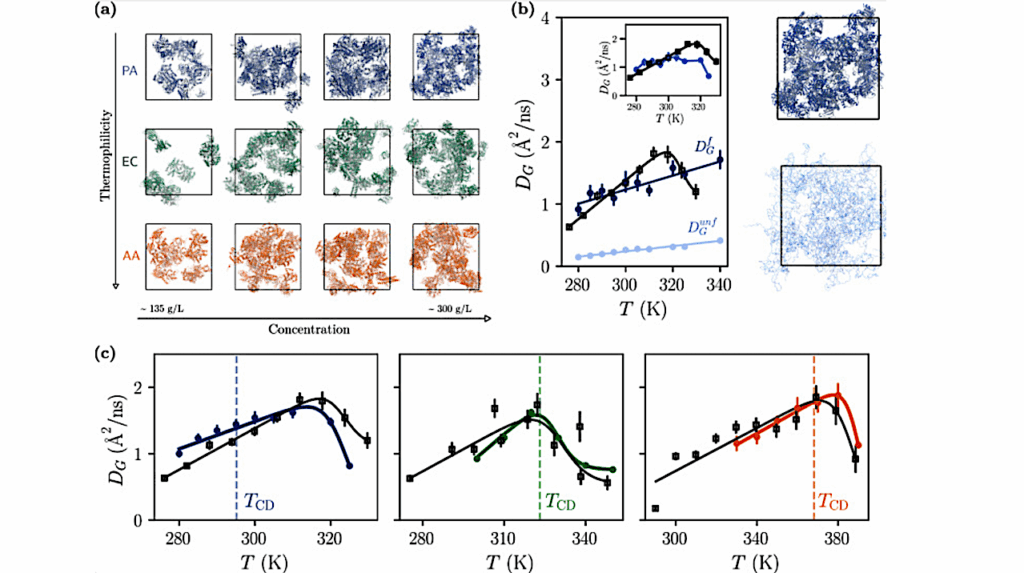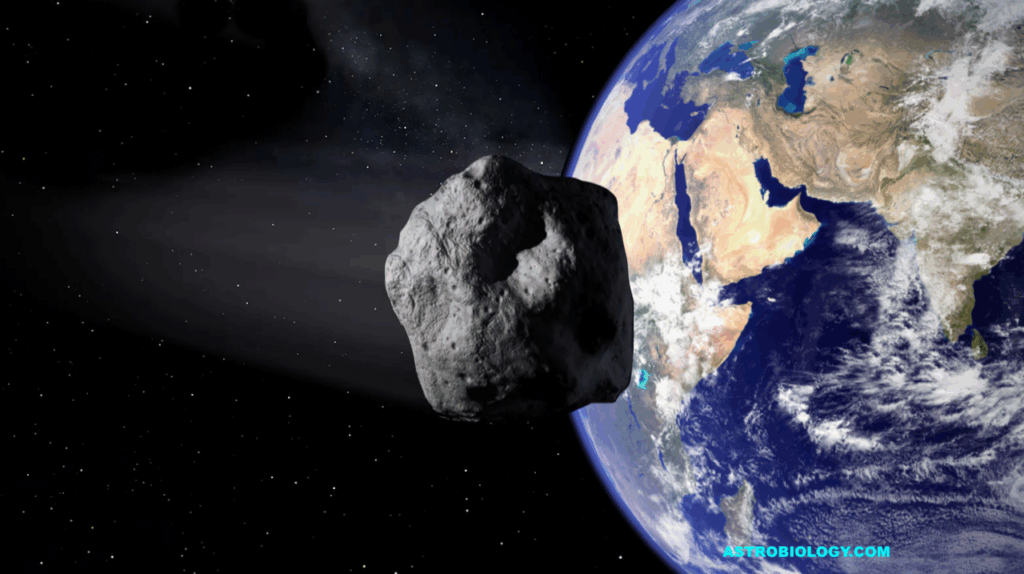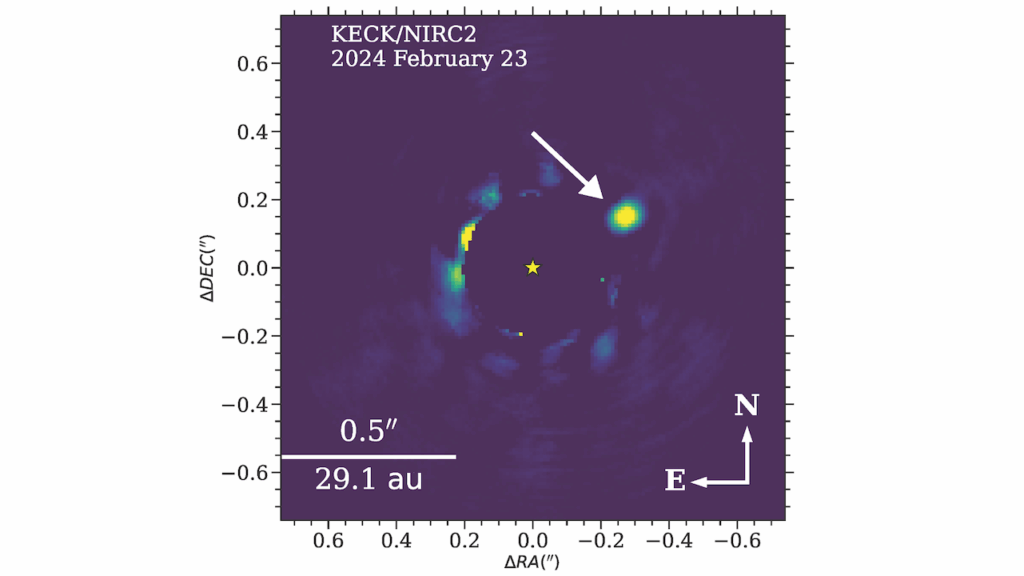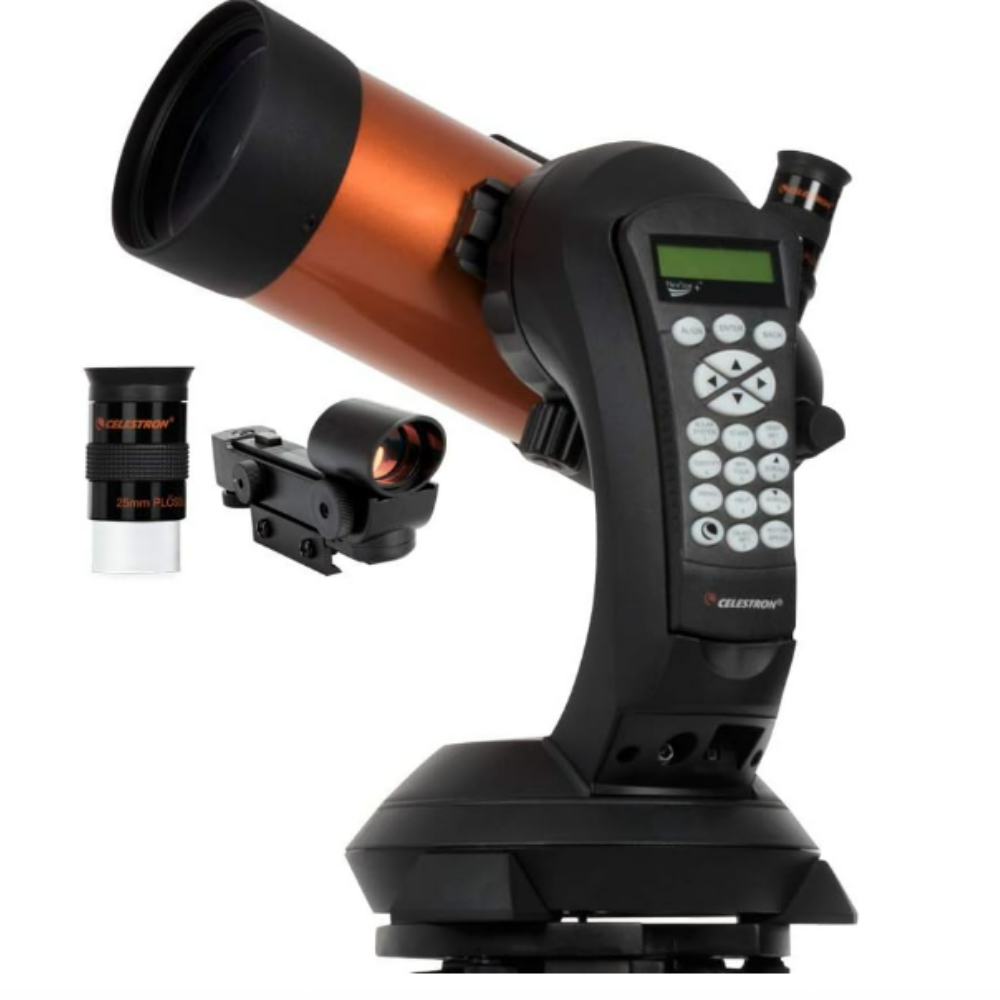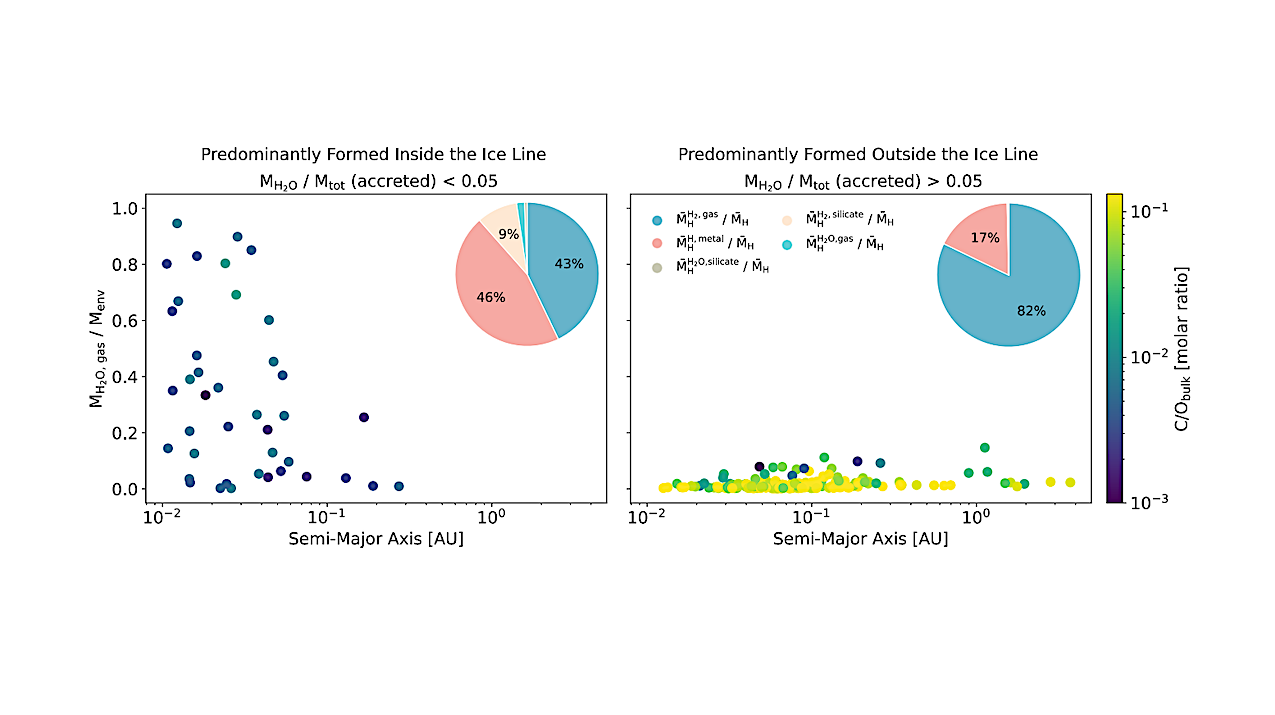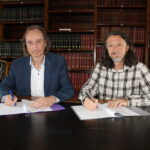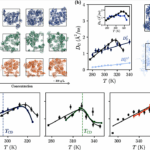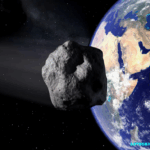Now Reading: Asteroids Fail To Retain Cometary Impact Signatures
-
01
Asteroids Fail To Retain Cometary Impact Signatures
Asteroids Fail To Retain Cometary Impact Signatures


The 134Xe/132Xe versus 136Xe/132Xe diagram showing the composition of Tatahouine (#13349) and Shalka (#6766 C) measured at different heating steps, including those of Michel & Eugster (1994) and Eugster & Michel (1995) for comparison. The 238U and 244Pu fission Xe data are from Porcelli et al. (2002). Q-Xe (Q phase is the main carrier of heavy noble gases in chondrites) is from Busemann et al. (2000), SW-Xe (SW stands for solar wind) is from Meshik et al. (2020), U-Xe is from Pepin & Porcelli (2002) and Air (corresponding to Earth’s atmosphere) — astro-ph.EP
A bombardment of comets is thought to have occurred in the inner solar system as a result of a dynamical instability among the giant planets after gas disk dispersal.
Vesta, the second largest asteroid in the main asteroid belt, likely differentiated before gas disk dispersal, implying its crust witnessed the cometary bombardment. The composition of HED meteorites, which represent fragments of Vesta’s crust, could therefore have been altered by cometary impacts.
Here we combine noble gas mass spectrometry measurements, N-body simulations, collision rate calculations, and impact simulations to estimate the cometary contribution to Vesta.
While our dynamical simulations indicate that Vesta likely underwent a significant number of collisions with large comets, we find no xenon cometary signature in HED meteorites. This apparent contradiction arises due to the fact that cometary impacts were at high speeds and Vesta’s weak gravitational attraction made it incapable of retaining cometary material.
Smaller asteroids are even less likely to retain such material. Therefore, if a cometary xenon signature is ever detected in an asteroid belt object, it must have been acquired during formation, within the same source region as comet 67P/Churyumov-Gerasimenko, and have been implanted later into the asteroid belt.
Sarah Joiret, Guillaume Avice, Ludovic Ferrière, Zoë M. Leinhardt, Simon Lock, Alexandre Mechineau, Sean N. Raymond
Subjects: Earth and Planetary Astrophysics (astro-ph.EP)
Cite as: arXiv:2507.00753 [astro-ph.EP] (or arXiv:2507.00753v1 [astro-ph.EP] for this version)
https://doi.org/10.48550/arXiv.2507.00753
Focus to learn more
Related DOI:
https://doi.org/10.3847/PSJ/ade990
Focus to learn more
Submission history
From: Sarah Joiret
[v1] Tue, 1 Jul 2025 13:57:44 UTC (350 KB)
https://arxiv.org/abs/2507.00753
Astrobiology, Astrochemistry, Astrogeology,
Stay Informed With the Latest & Most Important News
Previous Post
Next Post
-
 012024 in Review: Highlights from NASA in Silicon Valley
012024 in Review: Highlights from NASA in Silicon Valley -
 02Panasonic Leica Summilux DG 15mm f/1.7 ASPH review
02Panasonic Leica Summilux DG 15mm f/1.7 ASPH review -
 03From Polymerization-Enabled Folding and Assembly to Chemical Evolution: Key Processes for Emergence of Functional Polymers in the Origin of Life
03From Polymerization-Enabled Folding and Assembly to Chemical Evolution: Key Processes for Emergence of Functional Polymers in the Origin of Life -
 04How New NASA, India Earth Satellite NISAR Will See Earth
04How New NASA, India Earth Satellite NISAR Will See Earth -
 05And Thus Begins A New Year For Life On Earth
05And Thus Begins A New Year For Life On Earth -
 06Astronomy Activation Ambassadors: A New Era
06Astronomy Activation Ambassadors: A New Era -
07SpaceX launch surge helps set new global launch record in 2024












